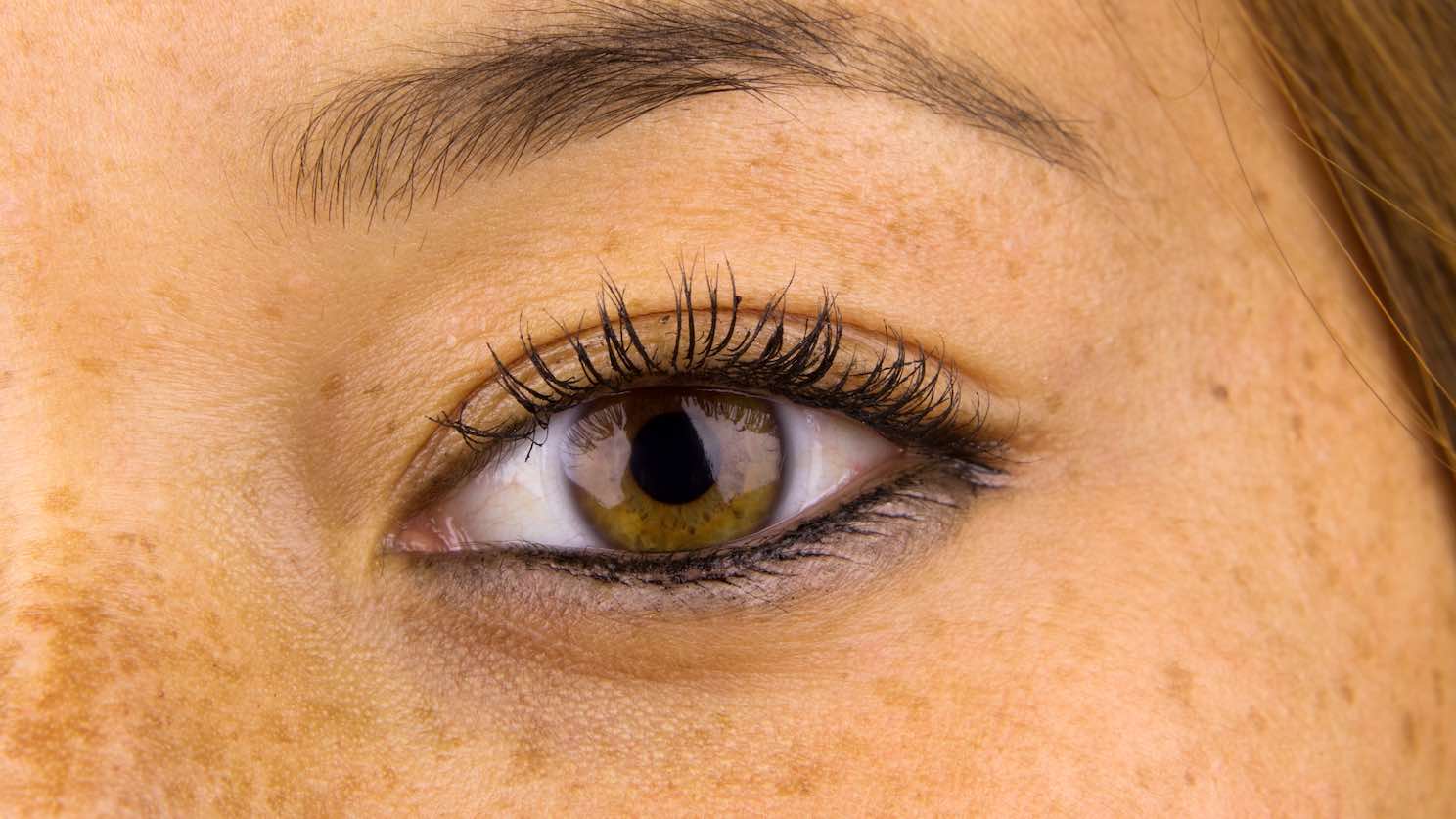With summer 2015 in full swing, it’s tempting to bask in the sun. Unfortunately, this feel-good activity does bad things to your skin. In addition to making you a candidate for skin cancer, the sun’s rays accelerate the ageing of your skin. The more sun exposure you’ve had over the course of your life, the more likely you are to develop permanent “sun spots.”
With summer 2015 in full swing, it’s tempting to bask in the sun. Unfortunately, this feel-good activity does bad things to your skin. In addition to making you a candidate for skin cancer, the sun’s rays accelerate the ageing of your skin. The more sun exposure you’ve had over the course of your life, the more likely you are to develop permanent “sun spots.”
Does your skin announce to the world how much you love the sun? You’re not alone! Most Australians have sun damage, ranging from freckles and minor discolouration to severe age spots, lines, wrinkles, and uneven skin texture.
Fortunately, dermatologists and aestheticians in Australia can offer their patients a wide range of solutions ranging from topical bleaching treatments that lighten the discolouration to in-office lasers that ablate the upper layer of skin. In this article, the Costhetics team gives you guidelines to reversing the effects of the sun so you can look youthful and radiant for as long as possible.
6 Ways to Treat Sun Damage to the Skin
The best treatment for sun damage is determined by the type of damage itself.
- IPL Laser for Freckles & Minimal Sun Spots – Freckles represent the least intense type of sun damage, but some people find their colour and quantity visually unappealing. IPL (Intense Pulsed Light) lasers are effective for erasing both red and brown pigmentation marks, even those that appeared in childhood.
The treatment also stimulates collagen production, so skin looks healthier and smoother, with a more even tone.
- Hydroquinone or Kojic Acid for Isolated Brown Age Spots – Age spots differ from freckles in that they are somewhat larger. They can range in colour from brown to almost black. For brown spots, hydroquinone or kojic acid can be used topically with Retin-A to help reduce discoloration.
- Fractional CO2 Lasers for Severe Age Spots – Severe age spots require a deeper, more aggressive treatment. A laser can be used to remove the outer layer of skin. The treatment stimulates the body to produce collagen and new, healthy skin is revealed during healing.
- Fillers & Injectables for Fine Lines & Wrinkles – Fine lines and wrinkles occur when sun damage causes a breakdown of collagen and elastin. Injections of hyaluronic acid fillers and collagen-stimulating fillers help to restore volume and fullness. Dermal fillers and cosmetic injectables hide sun damage. They do not reverse or repair it.
- Chemical Peels for Uneven Skin Texture – Skin that has been over-exposed to the sun can look rough, weathered, and dull. Regular at-home exfoliation or an in-clinic chemical peel in conjunction with a prescription-strength retinoid cream will help smooth even mottled skin.
- Pulsed Dye Laser for Red Broken Blood Vessels – Cumulative sun damage robs the skin of its ability to repair blood vessels, and the redness lingers beneath the skin. Lasers are effective for removing redness as they target the haemoglobin in blood, which is what causes the redness in the first place.
Costhetics wishes you a happy, healthy summer with LOTS of sunscreen.
